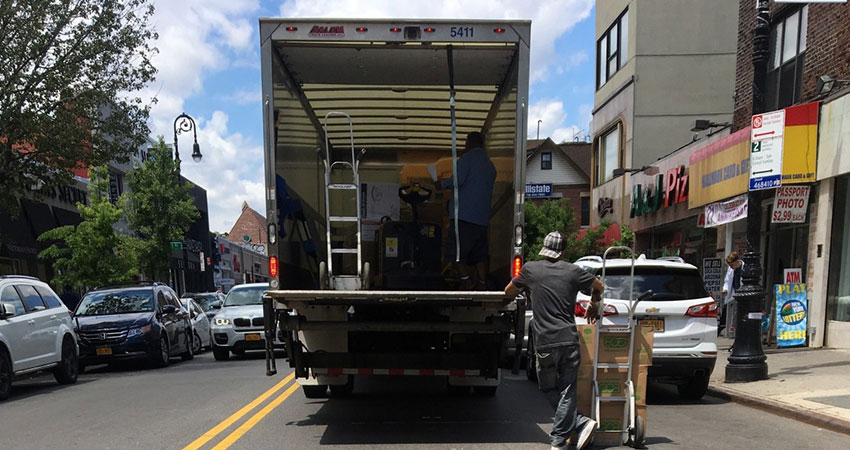The use of automated lockers for ecommerce deliveries is moving beyond buy online pickup in-store (BOPIS) applications, with adoption growing in apartment buildings, public transportation areas and even mobile tests.
The Urban Freight Lab at the University of Washington’s Supply Chain Transportation and Logistics Center in Seattle plans to expand a pilot program of shared automated locker systems in 2020, locating them in public and private load/unload spaces near transit stops.
This is the continuation of a program begun in 2018. Last year, Urban Freight Lab conducted a 10-day pilot locker test in a 62-floor apartment complex, part of a joint research project with the Seattle Department of Transportation.
As part of the new pilot, transit, downtown workers and residents will be able to pick up online orders from any retailer in a secure automated locker in a public plaza or outside their office.
Barbara Ivanov, Director of Urban Freight Lab said the aim of program is to cut down failed deliveries with a common locker approach. It is being marketed to transit riders in the test area, with signups available by email or mobile phone. Users get a one-time access code or swipe option.
Ivanov said the rise of ecommerce in major urban markets like Seattle has led to a scarcity of curb space for deliveries, as well as more street congestion as dwell times grow. Self-serve automated lockers, on the other hand, allow delivery drivers to load them and leave.
In a 2018 study, Urban Freight Lab found that ecommerce has grown 15% annually for the past 11 years, representing 9% of total retail sales in the U.S.
The goals of the project is to reduce parking-seeking behavior by delivery drivers by 20% in the test area by providing real-time information accessible by device on current and projected space occupancy.
Urban Freight Labs has a goal of reduce dwell time by 30% and increasing productivity in load/unload spaces near the locker. It is also looking to increase curb and alley space occupancy rates and underutilized private loading bays in afternoon and early evening peak times.
The aim of the 2018 pilot program was to compare average delivery times to a shared locker system located near a loading dock accessible to multiple carriers, to that of drivers making trips to individual residences.
Not surprisingly, the test found using automated lockers reduced the average time a driver spent in a high-rise apartment building by 78%, from 27 minutes to 6 minutes. Ivanov said this result was a huge proof of concept. She said there were seven delivery failures to individual units, but no failures when an order was sent to a locker.
This is not the only locker test program in operation. Regional parcel carrier OnTrac is partnering with last-mile tech startup BoxBot to test autonomous vehicles and mobile parcel lockers for last-mile delivery in California. Customers receive a text message with an access code to a locker, and the autonomous vehicles operate under the supervision of a driver.
The program was launched in the fall of 2018 and expanded in April 2019 when the state of California began allowing testing of light-duty autonomous vehicles.

